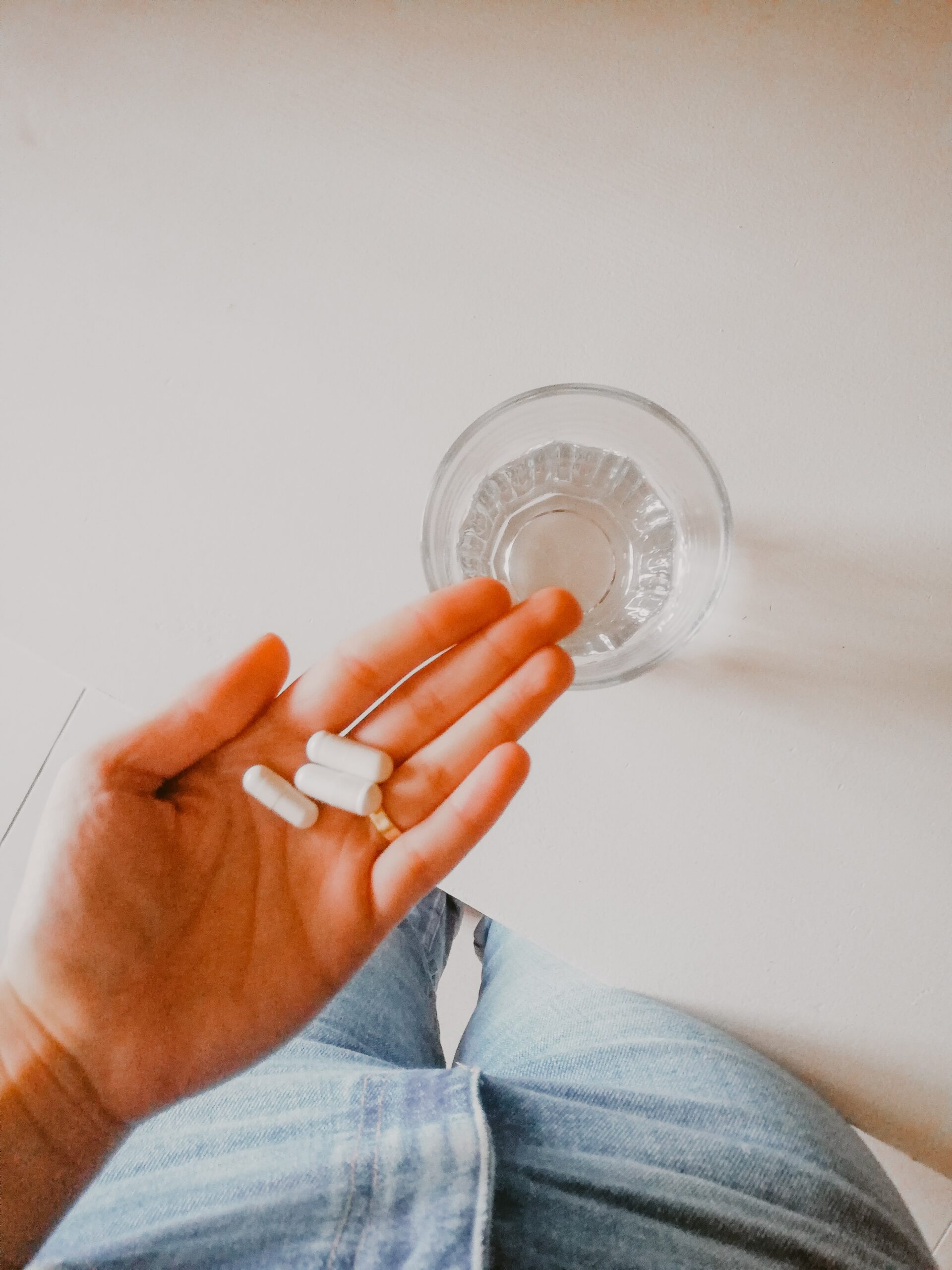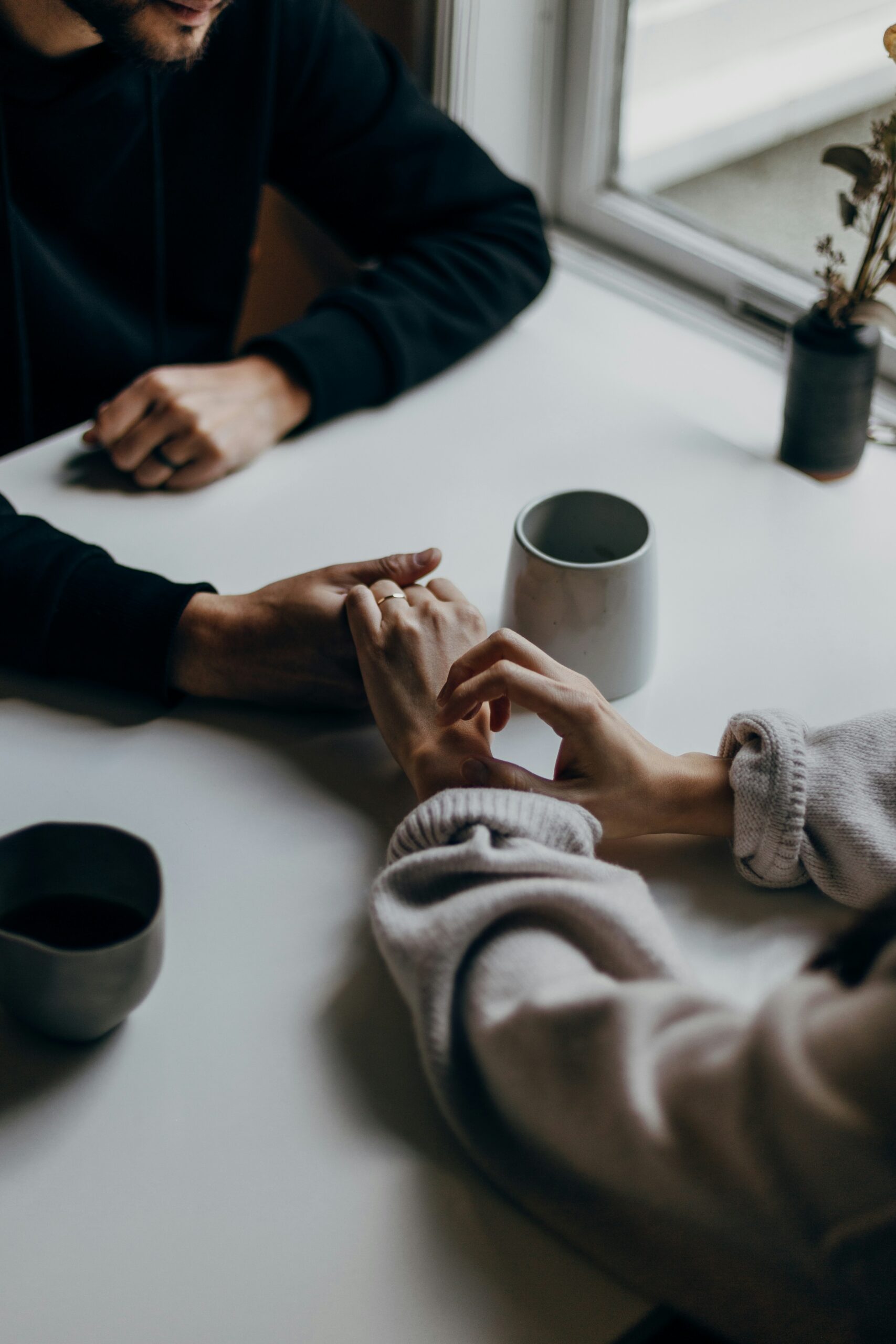
How Glimmers Can Alleviate Our Triggers
Think about the last time something snapped you so fully into the present moment that you paused to smile. Maybe your favorite song came on the radio, or the moon was full and huge, or you had an ice cream cone. These moments that inspire a flicker of joy are called glimmers—and they’re the opposite of triggers.
“Glimmers are small moments—like, really small moments.”
Glimmers are small moments—like, really small moments. Not so much catching up with a close friend for the first time in years, but more like seeing a funny shaped vegetable in the grocery store that makes you laugh. Sometimes, I’ll notice the way the light streams into my apartment in the afternoon, or when the tips of a tree have turned red while the rest of it is still green, or when someone’s cat is looking at you out the window as you walk by. And I never knew that these micro moments of joy have a name—or that they’re a powerful tool for regulating your nervous system and improving your mental health—until I heard about glimmers.
What Are Glimmers?
Deb Dana, LCSW, first coined the term glimmers in her 2018 book, “The Polyvagal Theory in Therapy: Engaging the Rhythm of Regulation.” Glimmers are when we experience a brief moment of happiness that allows our nervous system to feel safe and calm.
“Glimmers are when we experience a brief moment of happiness that allows our nervous system to feel safe and calm.”
Triggers stimulate negative emotions or traumatic memories, but glimmers do the opposite. “While triggers move our body into fight-or-flight, glimmers are environmental cues that move our body into a state of rest-and-digest,” says Katina Mountanos, who co-founded the mental wellbeing startup Daydreamers and has a master’s degree in clinical psychology from Columbia’s Spirituality Mind Body Institute. “I love thinking about them as things that give you the ‘warm fuzzies.’” Mountanos has also written about “awe walks” as a great way to look for daily glimmers.
NYC-based licensed psychotherapist Morgan DeLeo describes glimmers as warm, too: “They may not be a ‘big’ thing,” she says, but they help us feel connected and secure. “Like the feeling of a warm hug.”
The Benefits of Finding Glimmers
Polyvagal theory emphasizes that our nervous system has a profound effect on our mental health and emotional regulation. “According to polyvagal theory, glimmers help activate the parasympathetic relaxation response,” says Dr. Peter H. Addy, a clinical psychologist. “This can lower stress hormones, heart rate, and blood pressure.” So finding glimmers is good for your physical health, not just mental.
“According to polyvagal theory, glimmers help activate the parasympathetic relaxation response.”
Dr. Peter H. Addy
Noticing glimmers helps you stay present and grounded, which regulates the nervous system and in turn reduces anxiety and stress. They connect you to one or more of your senses when you see a pretty flower, smell a new fantastic candle, or cuddle with a fuzzy pet.
Staying mindful of glimmers also sets you on a positive path for improving your mindset. “When spending time being grateful for the positives in our life, we begin to witness even more positives,” says DeLeo.
Experiencing negativity, when we’re not careful, can snowball—like when we’re going through a tough time and we snap at a coworker or a loved one, which only fosters more suffering. Conversely, noticing glimmers here and there can regulate your nervous system, which helps you notice even more.
How To Find More Glimmers
So, how do we begin to notice glimmers? Below are a few tips from our experts to get you started.
- DeLeo recommends starting by identifying one glimmer per day. If that works well, maybe you can bump it up to three.
- Try getting out a pen and paper, recommends Elizabeth Sumpf, LCSW, and somatic psychotherapist at Peaceful Prana Therapy. Brainstorm some of your favorite glimmers. “You might ask yourself: What gives you a sense of hope?” says Sumpf. “What brings moments of delight? What helps you feel comfortable with yourself? What offers a feeling of being grounded or present?”
- Consider keeping a glimmer journal. At the end of the day, write down all the day’s glimmers—it can be helpful to reread when you’re in a bad mental space.
- Note that, “No two people have the same glimmers,” says DeLeo. If you’re having trouble identifying yours, consider having a day where you notice as many glimmers around you as possible.
“Connecting with glimmers is a practice,” Sumpf adds, “so let yourself explore what this practice looks like to you.”
How Do Glimmers Fit Into a Mindful Life?
Noticing glimmers is just one tool in the toolbox when it comes to living a mindful life or healing from past trauma. “Glimmers complement, not replace, proven treatment approaches,” says Dr. Addy, noting that those with mental illness or trauma benefit from other forms of help, too, like working with a therapist.
“Make space for the happiness, safety, and lightheartedness that comes with glimmers, along with the grief, sadness, and anger that comes with the human experience.”
Don’t place too much emphasis on finding glimmers all day, every day, either. An obsession with glimmers “may cause us to suppress negative emotions that need healthy processing,” says Dr. Addy. Balance is key here to keep yourself out of “toxic positivity” territory. Make space for the happiness, safety, and lightheartedness that comes with glimmers, along with the grief, sadness, and anger that comes with the human experience.
One of the best parts about looking for glimmers? It’s super accessible. Anyone can look for glimmers, and the concept stays respectful of trauma survivors and their grief—both glimmers and grief exist in this life, and even in a single day. Working with glimmers still leaves room for the full scope of human emotions and experiences.
“When we pay attention to the glimmers of sunshine in our life,” says DeLeo, “the dark clouds don’t seem as daunting.”
Natalie Gale is a Boston-based freelance journalist. When she’s not writing about art, food, or sustainability, you can find her biking to the farmers’ market, baking, sewing, or planning her next Halloween costume. Say hi on Instagram!




